The history of rail signalling in the United Kingdom is a fascinating journey that mirrors the evolution of the railway industry itself. From its humble beginnings in the early 19th century to the sophisticated and automated systems of the 21st century, rail signalling has played a crucial role in ensuring the safety and efficiency of train operations. We’ve taken a look at the key milestones and advancements in UK rail signalling over the years.
Early Days: The Beginning Of Signalling
The birth of the railway era in the UK during the early 19th century was marked by a lack of standardisation in signalling. Initially railway companies employed basic methods, such as the use of flags, lamps, and hand signals to communicate between trains and station staff. As the railway network expanded, the need for a more systematic approach became evident.
The mid-19th century saw the widespread adoption of semaphore signalling systems. These systems used mechanical semaphore arms positioned at various angles to convey different messages to train drivers. The arms (often painted in distinct colours and shapes) indicated whether a train should proceed, slow down, or stop. This semaphore system became a hallmark of Victorian-era railway signalling.
With the increasing density of railway traffic, concerns about safety led to the development of block signalling systems. Introduced in the late 19th century, block signalling divided railway tracks into sections or “blocks.” Only one train was allowed in a block at a time and a combination of signals and interlocking mechanisms ensured that trains could not enter an occupied block. This significantly reduced the risk of collisions.
Electric Signalling: The Future Of Rail Safety
The early 20th century witnessed the electrification of rail signalling.
The introduction of electrically powered signals and control systems allowed for faster and more precise communication between signal boxes and trains. Electric signalling paved the way for centralised control, where a single control centre could manage multiple signal boxes and sections of track.
The mid-20th century saw another significant leap in signalling technology with the introduction of colour light signalling. Instead of semaphore arms, signal heads with coloured lights were used to convey information to train drivers. This system offered improved visibility and reduced the risk of misinterpretation (especially during adverse weather conditions).
In the later half of the 20th century and continuing in to the 21st century, advancements in computer technology revolutionised rail signalling. Computer-based interlocking systems and automation allowed for more efficient and reliable control of train movements. The development of the European Train Control System (ETCS) and the implementation of in-cab signalling for drivers continued to enhance safety and operational efficiency.
The history of UK rail signalling reflects the continuous pursuit of safety and efficiency in railway operations. From simple hand signals to sophisticated computerised systems, the evolution of signalling has been instrumental in shaping the modern railway landscape.
As the industry continues to embrace digital innovations, the future of rail signalling in the UK promises even greater levels of safety, reliability, and efficiency.
Using business intelligence tools (such as our rail planning software platform) gives you the confidence to make better decisions, and enhance productivity and efficiency for all of your rail planning projects.
We can help you get the best results and the correct information every time. For more information about our product and to see how using business intelligence can significantly improve your planning for rail maintenance, upgrades and more, contact one of our team today for a demo of our rail planning platform.
